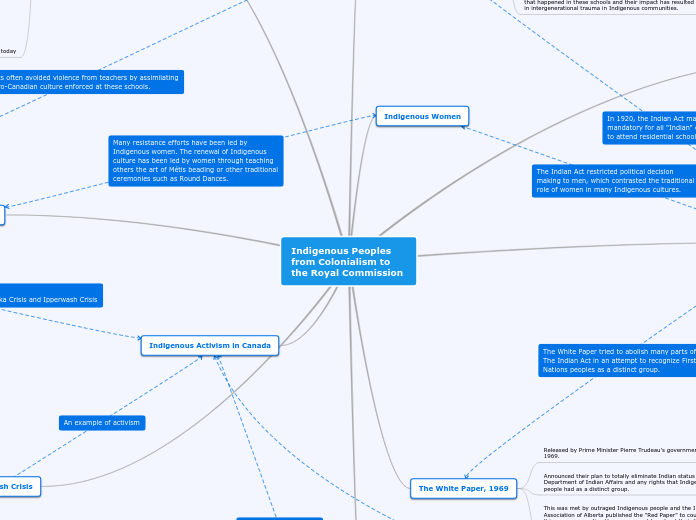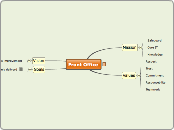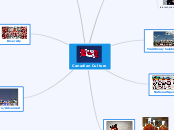b1 ch2 narrative
E. Socio Cultural approaches
Cultures
Learning is not merely a social activity but it is patterned by cultural demands and beliefs
i.e. psychologists study what is believed to be valuable
Theorists
Wood
Communities of learinng
comunites are providing ressources for their own learning
Thinking together process
Bringing together P. peer learning and V adult led teaching
Children being taugt how to be constructive thinkers and evaluaters of other ideas- making thought explicit.
D. Social Constructivism
Vigotsky
thinking aloud
edu for deaf-blind
Internalizing, gestures, language
Too much emphaiss on adult led formal teaching
Shows that children can be led to learn more than when simply acting as sole scientits
Clearly demonstrates role of culture and social interaciont
ZPD (the addtional learingn that the child makes vs. what it can do on its own)
use of scaffolding (woold)
supporting optimally without directly giving answer
contingent teaching
Interlizing and adaptation of cultural tools
wher P thought this is sign of egocentrism V sees it as step to internalization of thinking
through language ways / patterns of thought are understooed
C. Constructionism
Piaget
Peer learinng
Peers provide cogntive conflict
Disscovery learning
Provide rich resources
Does not regonize role of teachers or social realation (child is solitary learner)
teacher even detrimental
Stages not as rigid as thought
imitaion ealier
Meltzoff
3 mountains task
Huges shows object permanence with 90 % of 3-5
Generation of resarch
Kamii
learning math w/o relying on adult concepts
cognitive theory
indicats how cognitive developement operates
shows child is cognitivly differnt from adult
avoids learning/ understanding problems
dev in General
from concrete to abstract operations
the egocentric child
stage theory
formal operations (adolec -) fully capable of abstract mental reasoning possible
concret operational (6- adolecance)
less reliant on conrete objects.
children learn to manipulate object representations
pre operational (3-6) starts with language developement. The child is egocentric and has to learn to decenter. Relies on perceptions->fails conservation task
sensimotor stage (<2) (learning by motor action and response). Aim: object permanence not achieved
Learning detail
Cognitive conflict must ocurr: own schema does not fully fit to demands
Equlibration
reached when adaptation is complete
Adaptation
Constructing new schema based on integragtion of the old one
Assimilation (absorbing the new information)
Child as scientists
building schemas on innate action or reflexes (suckling)
B. Social learning theory
Bandura
Subtopic
Does not describe development
Cognitive mechanisms not fully explained
Stimulated more research
Learning involves extraction of principles (true imitation = see also Piaget who thought mental reps are needeed)
Shows active role of the child: i.e. attending to stimulus
Explains that learning is accomplished no matter of reward - time of performance can be chosen
Learning by seeing others stimulus response
Huston et al.: sesame street achievement
Bobo Doll studiess show that violent behaviour can be leared just by watching tv
3 groups
1. reward
2. punishment
3. not reaction
Learning by imitaion
Learning is enhaced by similartiy with age or gender or number of role models
Learning an instrument
Girls learning to to weave by waching
3 Steps: exposure, aquisition, acceptance
A. Behaviourism (theorie of learning by assotiation)
Evaluation
Use
Pricicples used for learing deficiencies
ADHS
ABA
breaks desired behaviour into learnable steps
Autism
Skinners ideas used for learning software
adapting to individual level
giving instant feedback and reward
presenting question
Bad
no regard of internal processes
(mind = black box)
i.e. learingn because of insight
Punishment has negative efffecs
does not show better behaviour
neg asstiation with punisher
May lead to agression
if not timed right wrong assotiation is formed
Good
effective without language
Scientific theory
Objectiviy
Reliability
Validity
theorists
Pavlov
Food - Bell - mouth watering
watson
Little alberts (11m) rat
by assotiation with a sudden loud noise little albert was conditioned to fear rats which was assotiated also with fur coats
classical condtioning
CS - CR
UCS + NS -UCR
UCS - UCR
skinner
Process
Operand Conditioning (reinforcement)
Extinction
i.e. reinfiorcement = unpredictable
No reinforecement for behaviour
S-N (decreasing undesired behaviour)
response cost
taking away earned points
time out
punishment
S-P (increasing desired behaviour)
decreasing neg stim (ending seat belt noise)
givng reward









